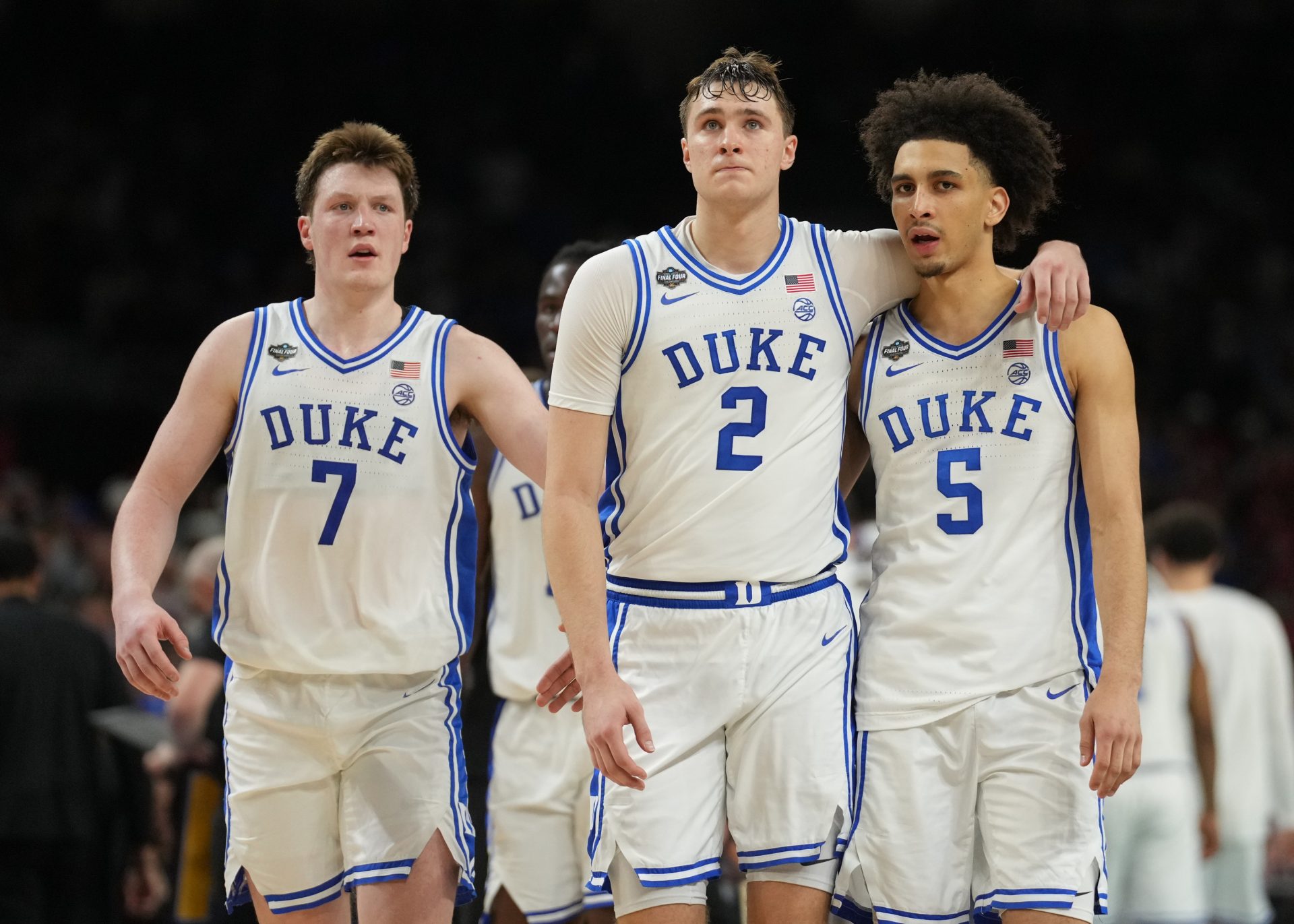Some draft classes don’t just fill the roster; they totally transform the NBA for generations. For example, in 1984, when Michael Jordan, Hakeem Olajuwon, and Charles Barkley arrived, or in 1996, when Kobe Bryant, Allen Iverson, and Steve Nash were drafted, these classes have, to a greater extent, set a towering benchmark.
As everybody is hoping for what this year’s draft will present, could this year’s draft be the next legendary class? With a deep pool of talent, the ingredients are evident, but we can’t yet see who is who.
The Hallmarks of a Great Draft Class
What is the margin between a good and historic draft class? It is insufficient to have a single standout; the best classes comprise a group of stars, players who, through persistence, become all-stars, MVP contenders, and finally, hall of famers.
The 1984 draft class produced Jordan and other players like Olajuwon and Baeckley. The same thing happened in 1996’s draft class, where we had the trios as mentioned above.
So now it is evident that for 2025 class to join the rank, more than hype will be needed. It’ll require multiple prospects to translate potential into production, and for years, keep impacting the league. Let’s see the players driving the conversation and whether this class has what it takes to be classic.
Cooper Flagg and the 2025 NBA Draft Class
Every great draft needs a centerpiece, and Cooper Flagg fits the bill. The 6’8” Duke forward is the consensus No. 1 pick projection.
Flagg’s game screams modern NBA: he can stretch the floor with his shooting, handle the ball like a guard, and lock down opponents across multiple positions. Analysts draw parallels to a young Kevin Garnett, citing his high basketball IQ and relentless motor.
A draft isn’t defined by one player alone, and 2025’s strength lies in its supporting cast. Dylan Harper, a 6’6” guard from Rutgers, brings a scoring punch that brings to mind James Harden. Harper’s ability to create offense in isolation makes him a tantalizing prospect, though he’ll need to shore up his defense to reach elite status.
Ace Bailey, Harper’s Rutgers teammate, offers a contrasting profile. At 6’9” with a condor-like wingspan, Bailey is a defensive disruptor rapidly polishing his offensive game. His athleticism and two-way potential shone in NCAA tournament play, hinting at a ceiling that could rival Flagg’s
Also, consider international players like Lithuania’s Kasparas Jakucionis, a savvy point guard, and France’s Nolan Traore. These players have dazzled in Europe, a sign that 2025 could echo the global impact of drafts like 2003, which brought us LeBron James and a wave of overseas talent.
Comparing 2025 to Recent Draft Classes
Context sharpens the picture. Victor Wembanyama’s headlined 2023 draft was billed as generational, but its top-heavy nature left questions about depth. Wembanyama’s unicorn skill set is unmatched, yet the class lacks the breadth of 1984 or 1996.
The 2024 draft, meanwhile, offered competent players like Zaccharie Risacher and Alex Sarr to headline a solid group, but lacked the electric star power that defines a classic.
KEEP READING: Why College Basketball Players Keep Transfer Options Open After Declaring for the NBA Draft
The 2025 class feels different. Flagg’s brilliance pairs well with Harper, Bailey, and a strong second tier. Early projections show a greater number of potential All-Stars than in recent years, with depth rivaling that of the 2003 class (LeBron, Dwyane Wade, Carmelo Anthony).
If these prospects succeed, 2025 could surpass its predecessors in star quality and impact. For now, it’s tantalizing; we can only wait for time to judge, but the early signs are bright for the 2025 draft class.
College Sports Network has you covered with the latest news, analysis, insights, and trending stories in college football, men’s college basketball, women’s college basketball, and college baseball!


